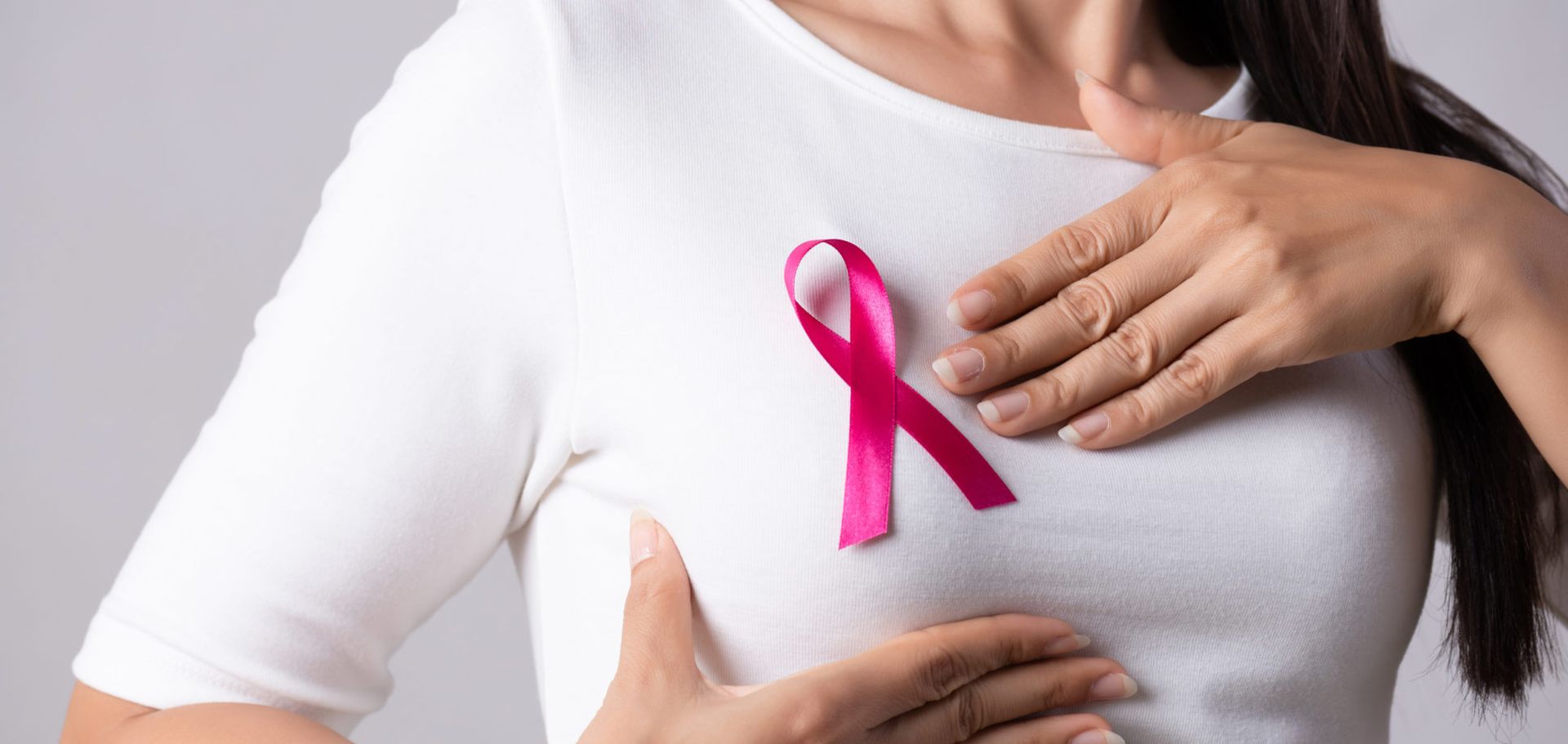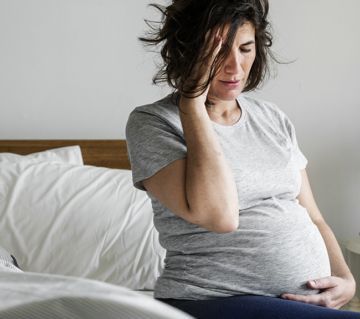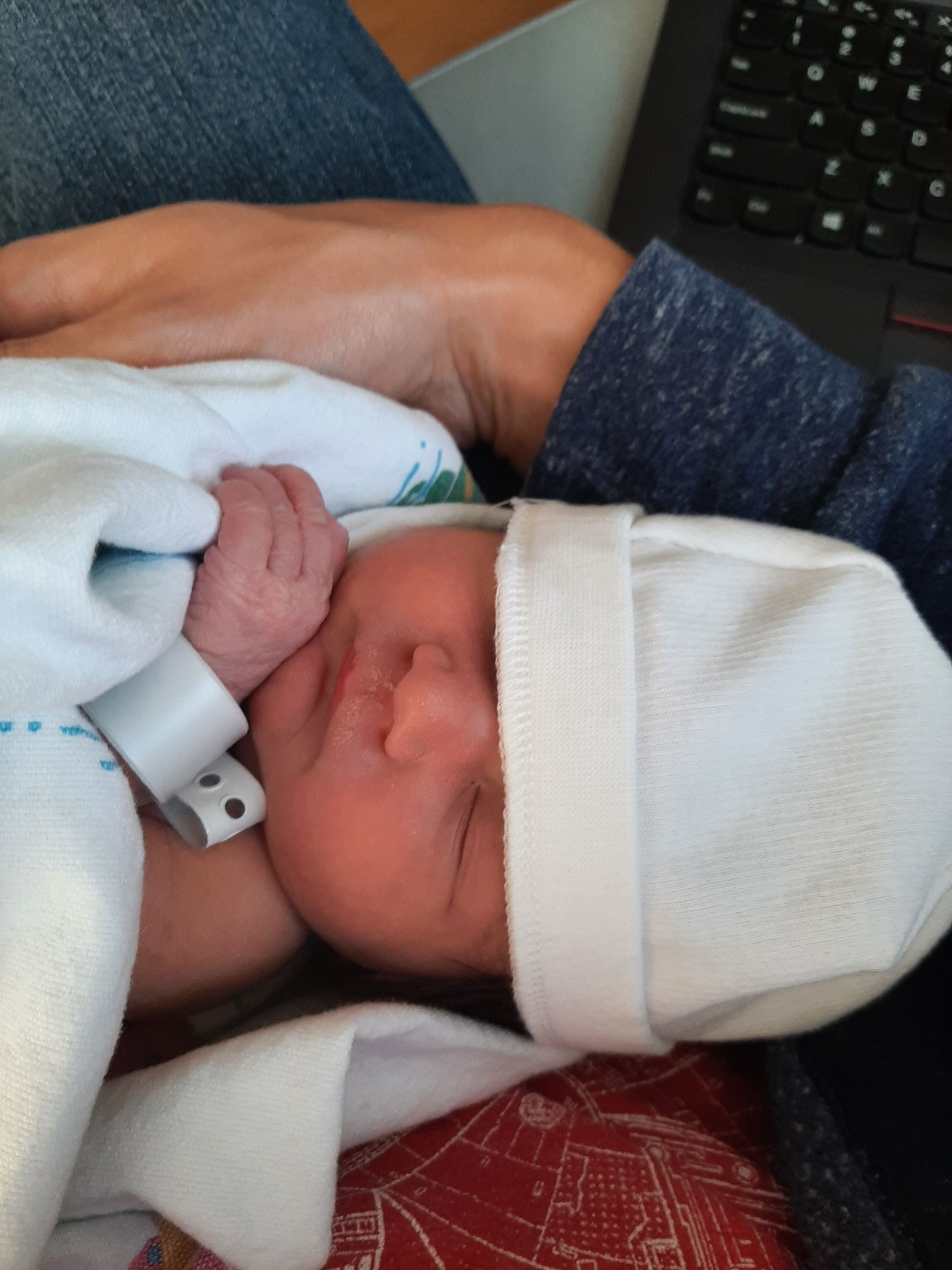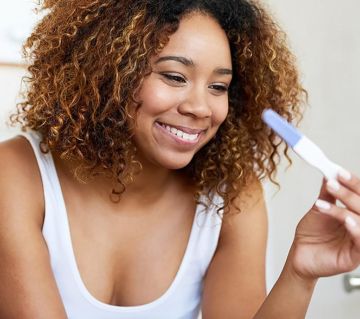Published in the May 2018 issue of Journal of Clinical Endocrinology & Metabolism, the Longitudinal Investigation of Fertility and the Environment (LIFE) study looked at 501 couples planning pregnancy to determine the effect of seafood intake on time to pregnancy. As the researchers followed these couples for up to a year or until they got pregnant, they started noticing a few trends. Couples who ate more
than 8 servings of seafood per menstrual cycle (about 2 servings per week) were found to have shorter time to pregnancy.
Specifically, within these couples, men who enjoyed this regular intake of seafood had 47% shorter time to pregnancy when compared to their peers who had only one or less than one serving per cycle. Women saw an even greater benefit with those who ate seafood an average of twice per week getting pregnant 60% faster than women who rarely ate seafood. As a couple, if both the man and the woman ate seafood at least 8 times per cycle, their time to pregnancy was found to be 61% shorter than couples who ate less seafood.
Like the researchers, you’re probably wondering why this might be. First of all, it is important to note that this type of study cannot prove that the seafood intake was the cause of the faster time to conception. It may be that women and men who ate seafood were different than women and men who do not eat seafood. Perhaps they ate a healthier diet in general, were more active, had less pesticide exposure, etc. One notable difference between the groups is that in the study, higher seafood intake was also linked to more frequent sex – 22% more frequent sex. It is possible that seafood increased sexual desire or that people who eat seafood more frequently have more sexual desire for other reasons. Seafood (think: oysters) is not the only food linked to greater interest in sex. A quick search reveals that everything from celery to pickled watermelon rind could be on a libido-enhancing menu. Of course, many factors influence how often a couple has sex but it never hurts to eat more fruits, vegetables and seafood. None of these studies, including the LIFE study, are conclusive but the findings are scintillating!
One limitation of this study is that it was done among couples with presumed normal fertility and so the findings have not been shown in a population who had difficulty conceiving at baseline. However, there is no harm in eating seafood and other health benefits to doing so.
Additional benefits of seafood
As a source of protein, minerals like zinc and selenium, and good fat, seafood has numerous benefits beyond fecundity (shorter time to pregnancy). For one, heart health professionals have long encouraged higher fish and seafood intake to boost intake of omega-3 fatty acids. Omega-3 fats are a key part of the structure of all cell membranes, particularly the structures in the retina, brain and sperm which contain a lot of omega-3 DHA.
Higher omega-3 intake has been associated with:
– lower triglyceride (blood fat) levels
– lower blood pressure. (Healthy blood pressure contributes to healthy erectile function.)
– lower susceptibility to irregular health rhythms
– decrease platelet aggregation (how sticky your blood is)
It’s no wonder why the American Heart Association recommends eating at least 2 servings of fish or seafood per week, just like the more fecund couples in the LIFE study.
Researchers are also looking into the link between omega-3 intake and cognitive function in children. For example, one British study published in the Lancet in 2007 found that women who ate seafood regularly during pregnancy gave birth to children with better fine motor, social and communication skills at age four. This potential benefit is still being investigated but it’s safe to say that eating more seafood will not hurt your chances of conception, nor will it harm your overall health.
How to eat low toxicant, high omega-3 seafood and fish
If you are concerned about toxicants like dioxins, PCBs and methylmercury in your fish and seafood, fear not. There’s a way to maximize benefits while minimizing risk. The following species are recommended by the Harvard Health Letter for this expressed purpose of safe, frequent fish and seafood consumption:
- Salmon, farmed or wild (farmed is high in omega-3)
- Trout
- Light tuna (not albacore)
- Mussels
- Scallops
- Shrimp
Eating a variety of different fish and seafood, instead of the same species all the time, also minimizes risk of toxicant exposure. Here are some meal ideas:
- Smoked salmon and avocado toast
- Open-faced light tuna sandwich melt
- Seafood Medley and Rice Paella
- Shrimp and potato omelet
- Salmon or trout en papillote (baked in wax paper – easy clean up!)
Fish is fast food! Keep in mind, fresh fish takes only 10 minutes per inch of thickness to bake at 450 F. In a hot pan with oil, it’s just as fast – 4 to 5 minutes per side per inch of thickness.
If you’re still are not comfortable eating more fish, you can supplement with low mercury, low PCB fish oil to get your omega-3s in, just keep in mind that the benefits to eating fish are not limited to these good fats.
Feeling A Bit Spicy? Try This Easy And Delicious Recipe For Peri Peri Shrimp!
Ingredients
• 18-24 large shrimp (prawns)
• 1/3 cup + 2 T extra virgin olive oil
• 2 teaspoons crushed garlic
• 2 tablespoons lemon juice
• 2 tablespoons peri-peri sauce (recipe below)
• Salt, milled black pepper
Peri-Peri Sauce • 1 1/2 ounces red chilies, very finely chopped • 5 cloves garlic, crushed • 2 cups olive oil • Pared rind of 1 small lemon
Preparation
Peri-Peri Sauce
Mix the ingredients together in a bottle and shake well. You can make the sauce ahead and store it in the fridge; the flavor improves with age, reaching its peak at two weeks.
Shrimp
Slit shrimp down their backs and devein. Leave heads on, or remove them if you prefer. Depending on the size of your frying pan, cook them in one or two batches.
Heat the butter gently and add the garlic and lemon juice. Don’t let the garlic burn. Add shrimp and peri-peri sauce. (Shake first to make sure you get some of the chili and garlic as well.)
Sizzle for 4-5 minutes, turning frequently, until cooked. Season with salt and pepper and place into a warm serving bowl. Garnish, if you wish, with chopped fresh parsley. Serve with rice or bread and butter.
